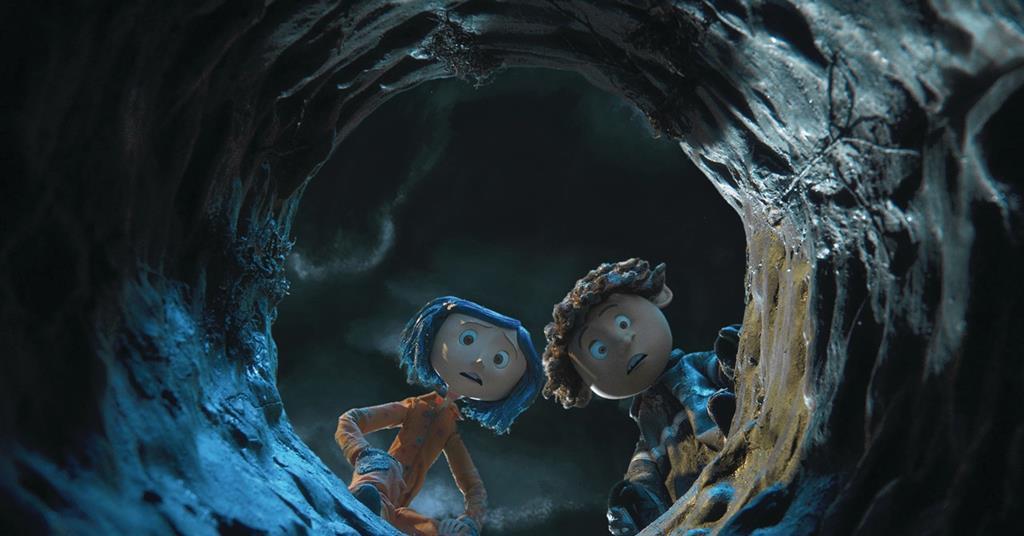Table of Contents Show
Coraline, directed by Henry Selick, is a stop-motion animated film released in 2009. It tells the story of an eleven-year-old girl named Coraline who finds a small door in her new house and stumbles across an entirely different world. Everything seems perfect in this parallel reality, but the longer she stays there, the more she realizes that this dream come true is a nightmare she cannot escape from. This movie is one of the most well-known in the stop-motion genre, and for a good reason. The amount of detail put into the storyline makes for a truly incredible yet chilling film.
What Is Coraline about?
When Coraline moves into her new home in Oregon, she is anything but excited. Her parents are more distant than ever as they get settled back into their workflow, all of the windows in her house are leaky, and to top it all off, she now has an annoying neighbor named Wybie Lovat. She misses her old friends and home, and there seems to be nothing interesting about the rainy place she had just moved to until she finds something interesting in her living room. During her second day living there, Coraline is given a small item wrapped in newspaper.
Her mother explains that Wybie had dropped it off at the front door, and when Coraline unwraps it, she finds a little doll inside. What is strange about the toy, though, is that it looks identical to herself. She moves on reasonably quickly from the original uneasiness she felt towards the doll and continues to carry it around with her for the remainder of the day. However, when she placed it down shortly on a table so she could continue unpacking, it had moved across the room on its own to a spot on the floor right in front of a small door concealed by the wallpaper.

Coraline eventually convinces her mother to help her open up the door, but she only finds a brick wall behind it when she does. Later on that night, she wakes up to the sound of a mouse in her room and decides to follow after it. She ends up reopening the door, and this time there is a tunnel behind it, and she crawls through it to the other side. Behind the second door is a world that looks exactly like Coraline’s, but everything is better. Her “other” parents are fun and adventurous, and every little thing she wants appears magically before her eyes. She continues to come back to this alternate reality where everything seems to be wonderful until her Other Mother tells her that if she wants to stay, Coraline has to replace her eyes with buttons.
Coraline realizes that this place is not what it seems and tries to escape, but the Other Mother has spun too deep of a web for her to get out of. After realizing that her parents have gone missing, Coraline sets out to find them and destroy the other world. Part of this mission is to find the real eyes of children who have been tricked by the Other Mother in the past. In the end, she ends up returning the eyes, freeing her parents, and getting rid of the only key that can be used to get into the horrifying alternate universe.
The Buttons
One of the key plot points of the story is the Other Mother wanting to replace Coraline’s eyes with buttons. The first thing Coraline had noticed about her other parents when she first got to the other world was that instead of having eyes, they had buttons. This is one of the distinct features that separate her “dream” universe from reality.
Their True Intention
The use of buttons in the story can be taken in different but equally disturbing ways. Even though the Other Mother repeatedly says that she loves and cares for Coraline, it is extremely evident that she is only using Coraline for her gain by stealing her soul. This connects to the popular metaphor of “eyes being the window to the soul,” which shows how all of the “people” in the other world are masked behind their buttons. If Coraline were to trade her eyes for the buttons, she would be giving away her soul to the Other Mother and the rest of that universe.
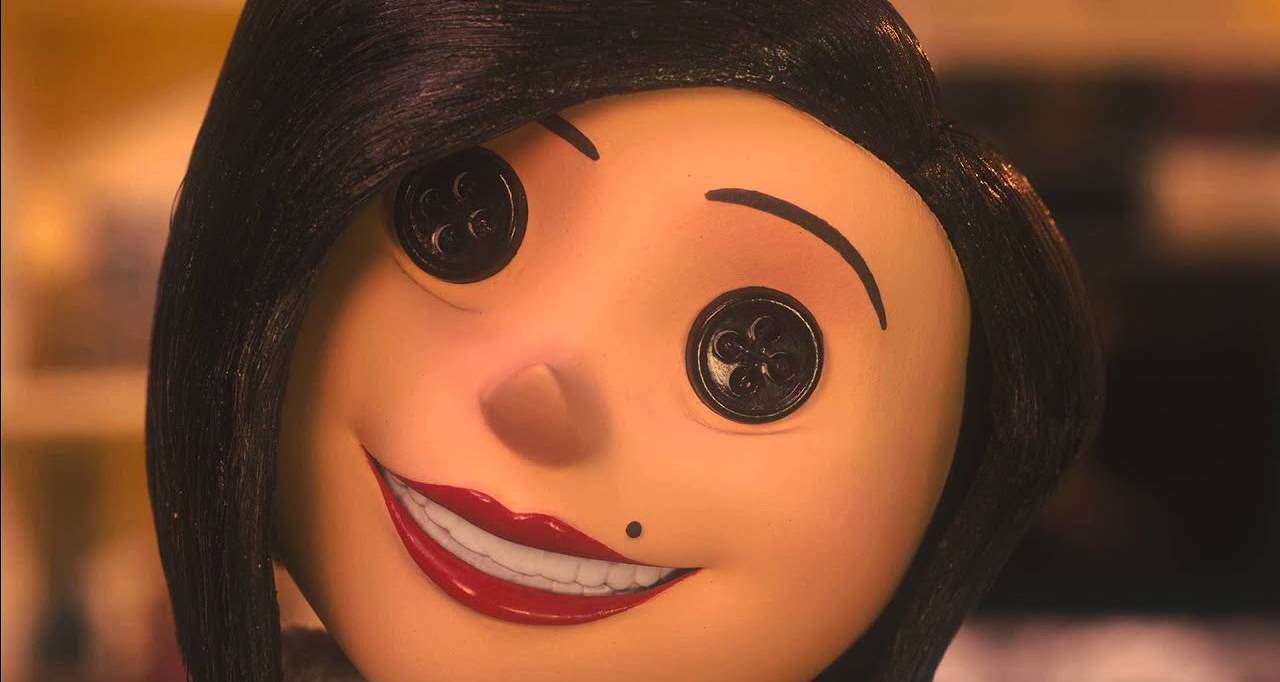
This connects to the second part of Other Mother’s want to change Coraline’s eyes being so that she’ll have her under the same control she has over all the other creatures in her world. Coraline is just a toy that she is using, and by sewing in the buttons, Coraline would be giving up any remaining freedom and piece of herself to be completely part of the mirrored reality.
The Parents
Coraline’s birth parents were always busy with work, and she rarely got to spend any time with them. She took this as them simply not caring about her, and that frustrated her quite a bit. She was already dealing with enough with the entire movie and believing her parents wanted nothing to do with her made everything much worse. This is the main reason why she was so quick to accept her “other parents” in place of her true family.
The Other Parents
From the moment Coraline first arrived in the other world, she was treated completely differently. Her second mother greeted her with a huge meal with all of her favorite foods, and her alternate father sang to her. For the first time in a while, her dinner was filled with laughter and smiles, and she felt as if she was finally getting the family she always wanted. Every time Coraline’s actual parents would do something that upset her, her other parents would do something that made up for it. For example, when Coraline’s birth mother refused to buy her gloves, the Other Mother had a present box with new clothing waiting for Coraline when she returned to the second world.
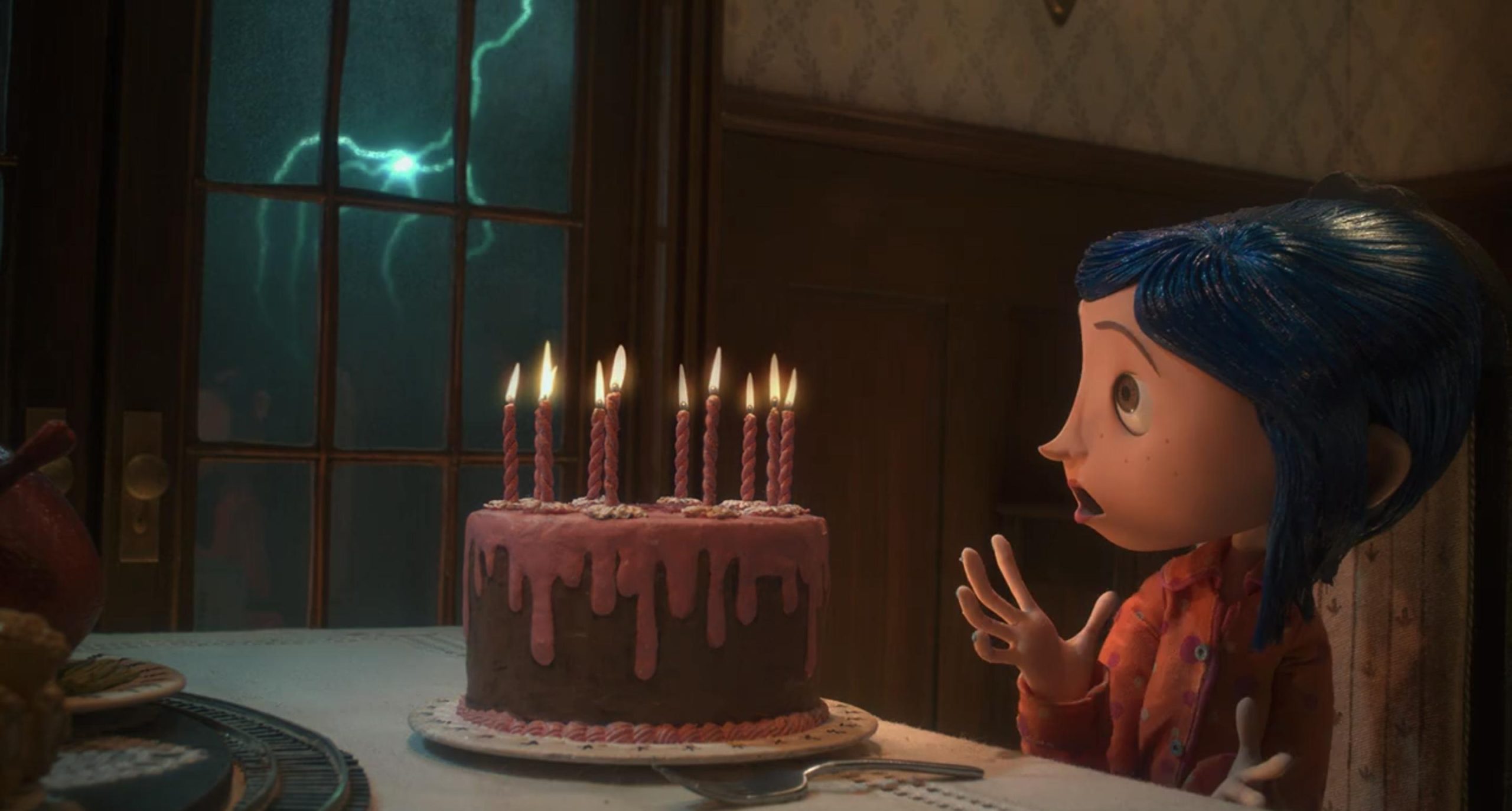
A smaller representation of this is shown when the birth mother tells Coraline to eat a vegetable even though she didn’t want to, and when Coraline went to her other home, there was a chocolate cake waiting for her. This demonstrates some of the less noticeable things that the Other Mother did to trick Coraline into thinking that this was the better place to be. The Other Mother and Other Father were constantly doing everything better than Coraline’s actual parents, to the point where she preferred being with them. She decides to go back through the little door after another disagreement with her birth mother because she believes that she’ll be happier with this world that has all of her desires, including the mother of her dreams.
The Disappearance
After Coraline rejects the buttons, she escapes back to her actual home. This upset the Other Mother, and in response, she kidnaps Coraline’s birth parents. Once they were gone, Coraline realized how much she loved them and how big of a mistake she had for taking the time for granted. She understands that she should have never gone back through the tunnel after the first time, and she risks everything to get them back.
The Deceptiveness
Anyone could be fooled by a place where everything you ever wanted was given to you, and Coraline was no exception to this. Every small thing she had ever desired was there, and things she didn’t even know she wanted, too. At the first dinner she had there, she said she was thirsty, and a chandelier magically lowered down with an array of drink options. Before she had even said what she wanted to have, a mango smoothie presented itself in front of her, which happened to be exactly what she was about to ask for.
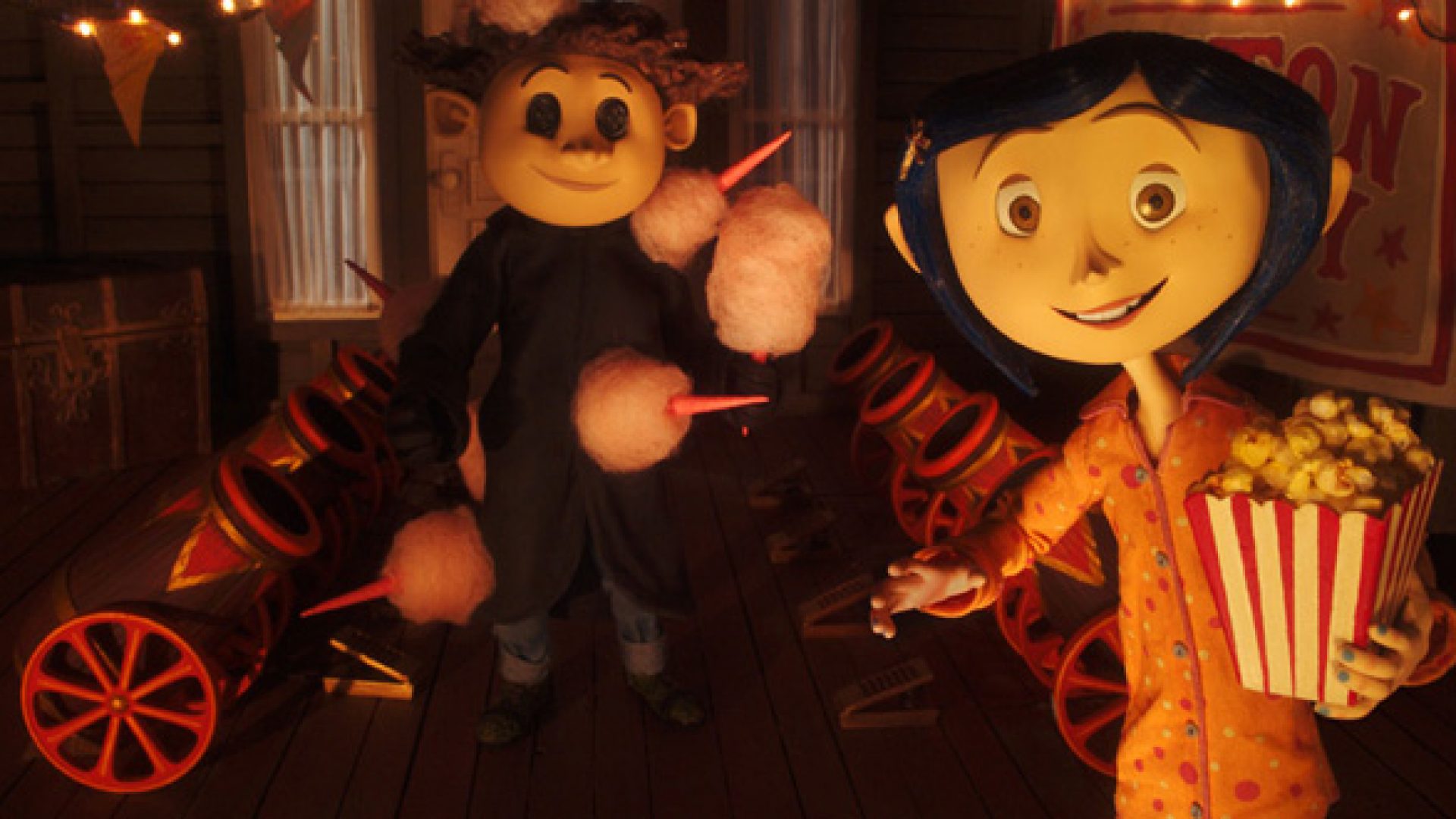
Every place Coraline went to while in the separate reality seemed wonderful. The garden was filled with flowers that jokingly messed around with her, the toys in her room could play with her on their own, and there was even cotton candy being shot from cannons when she went to the circus in her other neighbor’s, Mr. Bobinsky, apartment.
The True Danger
Everything in the world behind the little door was entirely under the control of the Other Mother. Coraline was unaware of this because every time she would get close enough to some clue, something would happen to stop her from finding anything out. For example, when the Other Father tells Coraline that the Other Mother is resting, he says, “her strength is our strength,” and begins to say something else. Still, a pair of mechanical hands spring out and stop him from continuing, and he instead finishes with “mustn’t talk when mother’s not here.” All of the darkness in this place was concealed so that when Coraline eventually realized what was truly going on, she was already trapped.
The Doll Spy
It is revealed later on in the story that the doll Coraline was given was a tool the Other Mother had used to learn more about Coraline to create a better mask to trick her into wanting to stay in the other world. Because Coraline took the doll with her virtually everywhere, the Other Mother was able to gain every little detail about her life. She was able to see all of the negative and positive aspects she could use to her advantage. The Other Mother found all of the positive things and put them into the place she had crafted to make Coraline want to be there more.
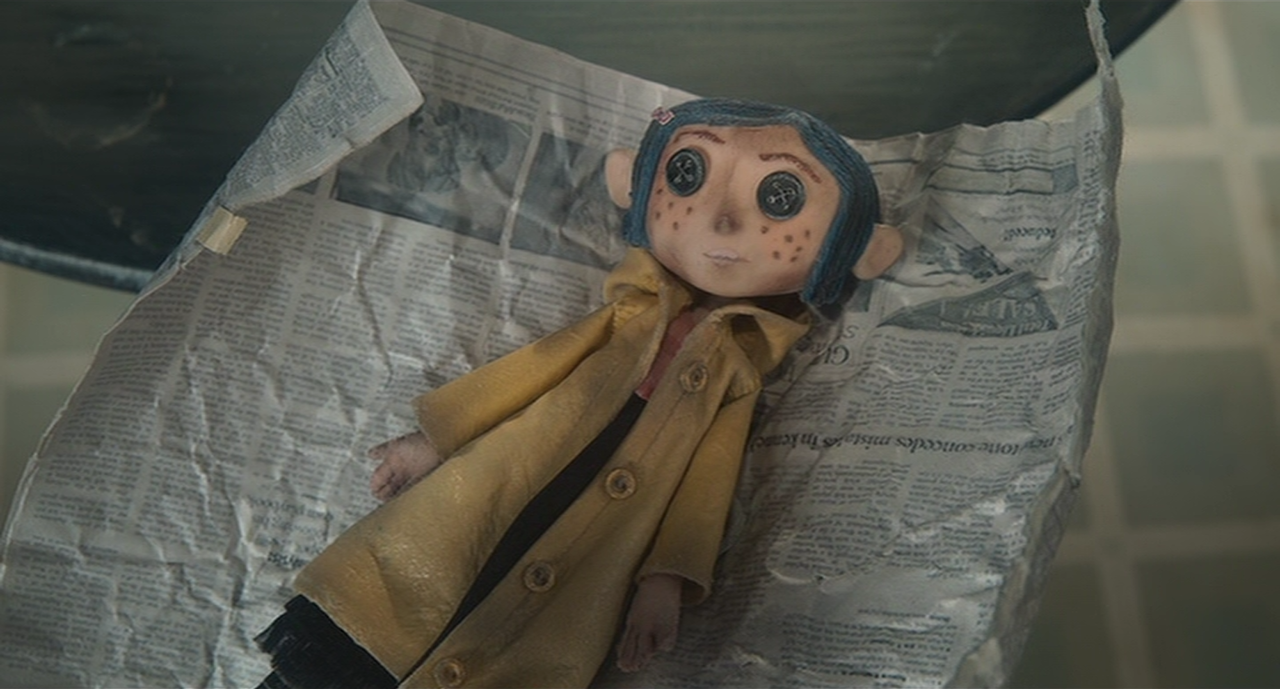
When the Other Father shows Coraline the picture of her he had made out of flowers in the garden, he says that the Other Mother knew she would like and said to Coraline, “She knows you like the back of her hand.” This demonstrates how long and how detailed of a watch she had kept on Coraline. The Other Mother used the negativity in Coraline’s life to her advantage as well. She was able to take all of the anger and sadness Coraline was feeling against her parents and from moving and used it in her plan to make Coraline believe that it was a reality where nothing bad would ever happen to her.
The Past Children
Perhaps one of the most terrifying aspects of the storyline is that this wasn’t the first time the Other Mother had trapped children in her world. Coraline was lucky enough to escape in time, but all of the others in the past hadn’t had that same experience.
Wybie’s Grandmother
The only story explained about the past children who had been trapped involved Wybie’s grandmother. One of the first things Wybie had said to Coraline when they first met was that his grandmother owns the Pink Palace, which is the apartment complex that Coraline had moved into, and that she normally doesn’t rent to families with children. Later on, it is revealed that the reasoning behind this is that she had a twin sister that had disappeared in the building when they were younger, and she didn’t want the same thing to happen again.
The Previous Dolls
Wybie approaches Coraline later on, asking for the doll back because it was his grandmother’s and that she was upset with him giving it away to another young child. This explains the opening scene of the film, which is a pair of spider-like hands removing the stuffing and buttons from an old doll and replacing all of the features with ones that resemble Coraline’s. It can be assumed that the Other Mother had done this to not only Coraline but with all of the other children she had captured.
An Interesting Take On The Stop-Motion Genre
Coraline is one of the most successful stop-motion animations in the twenty-first century. All of the little details put into it, even down to Coraline’s dragonfly hair clip make it such an interesting piece watch that leaves you thinking.
